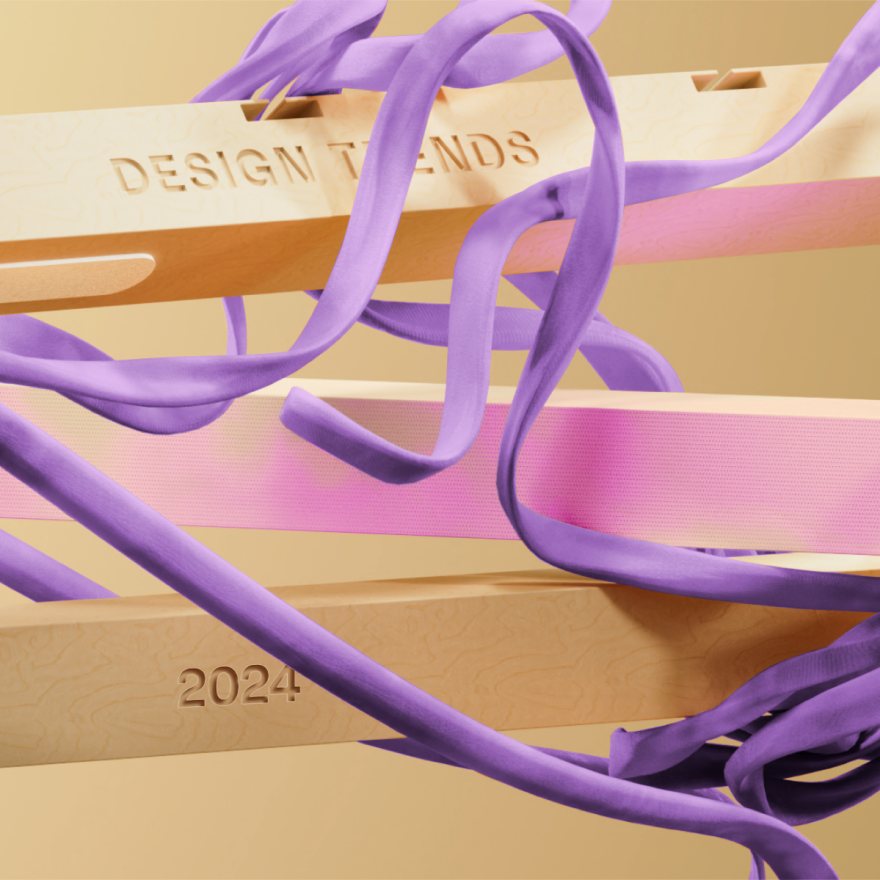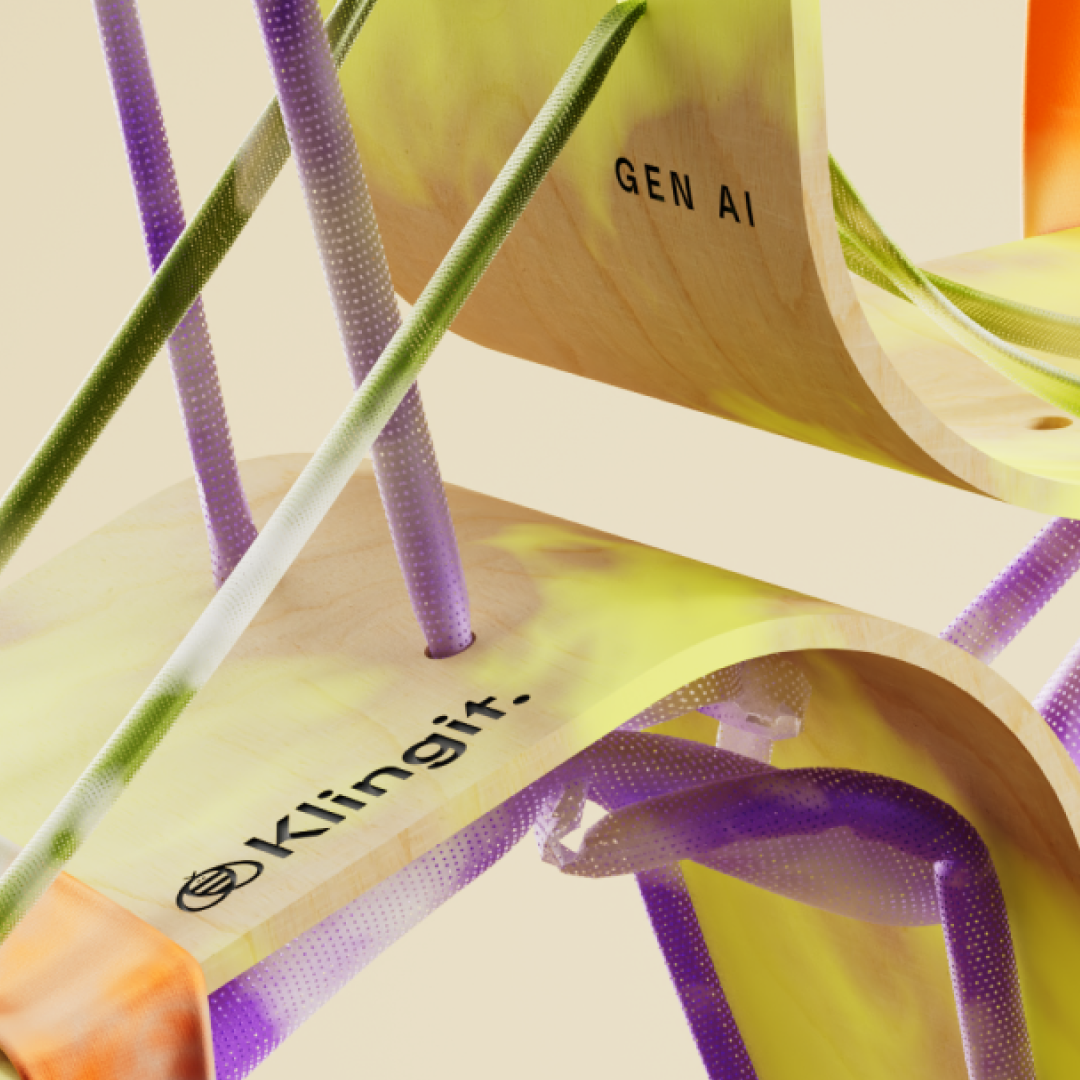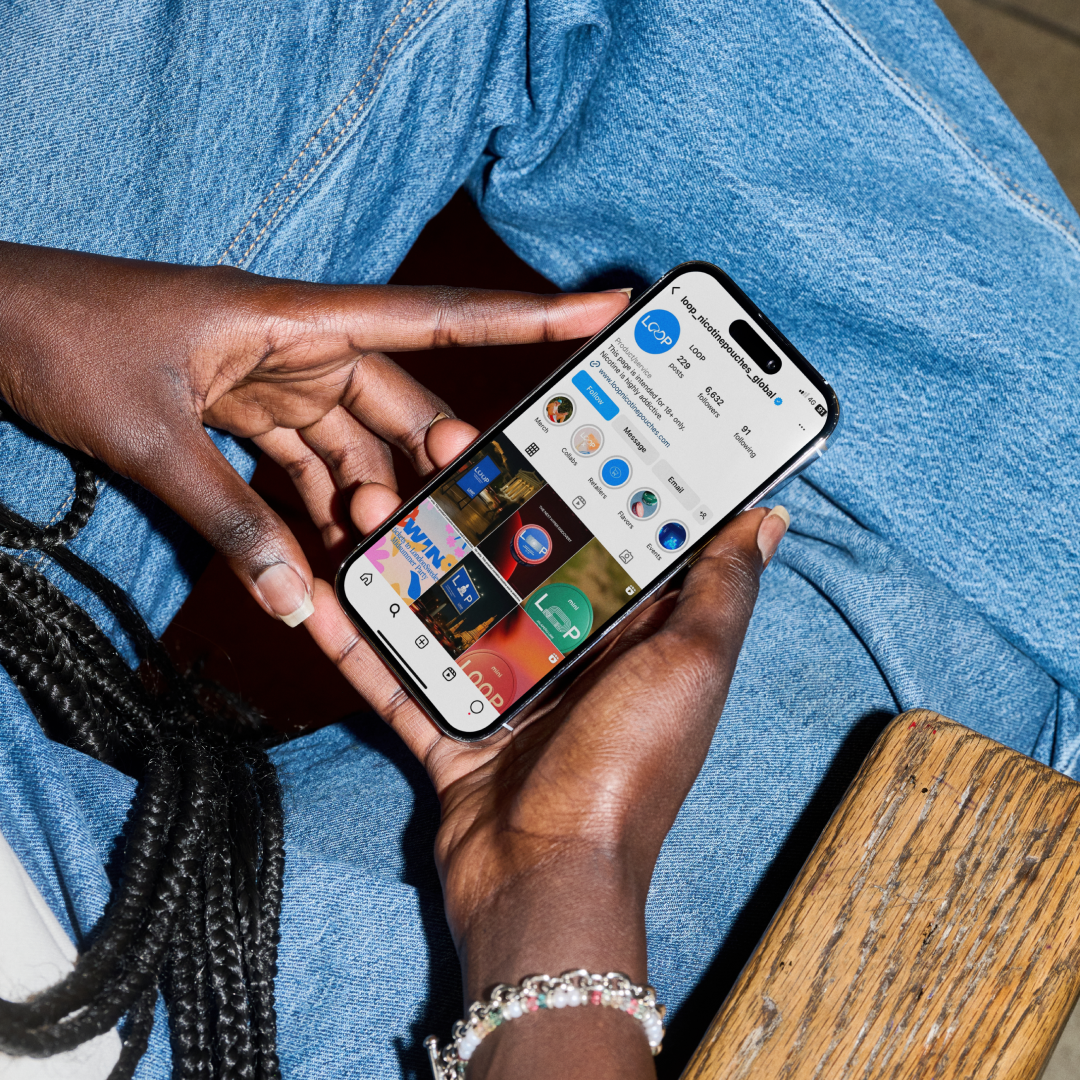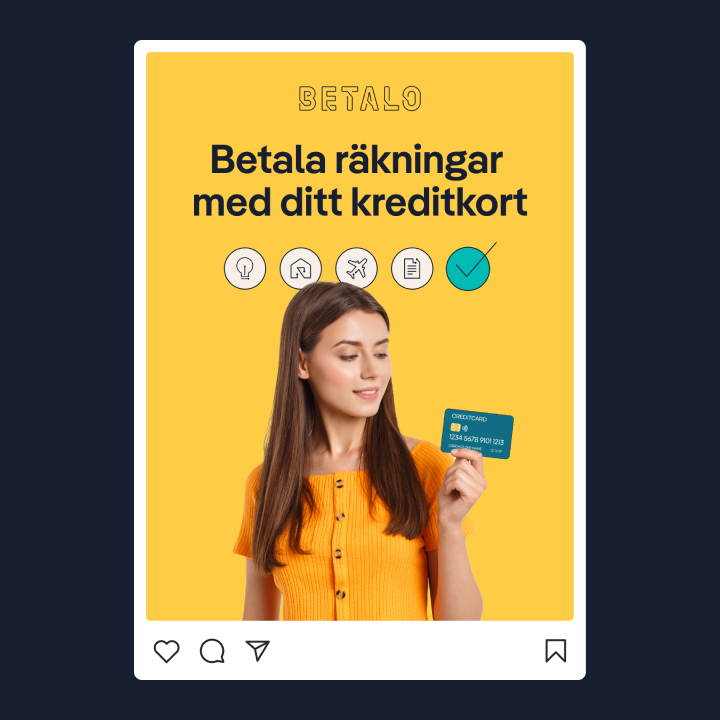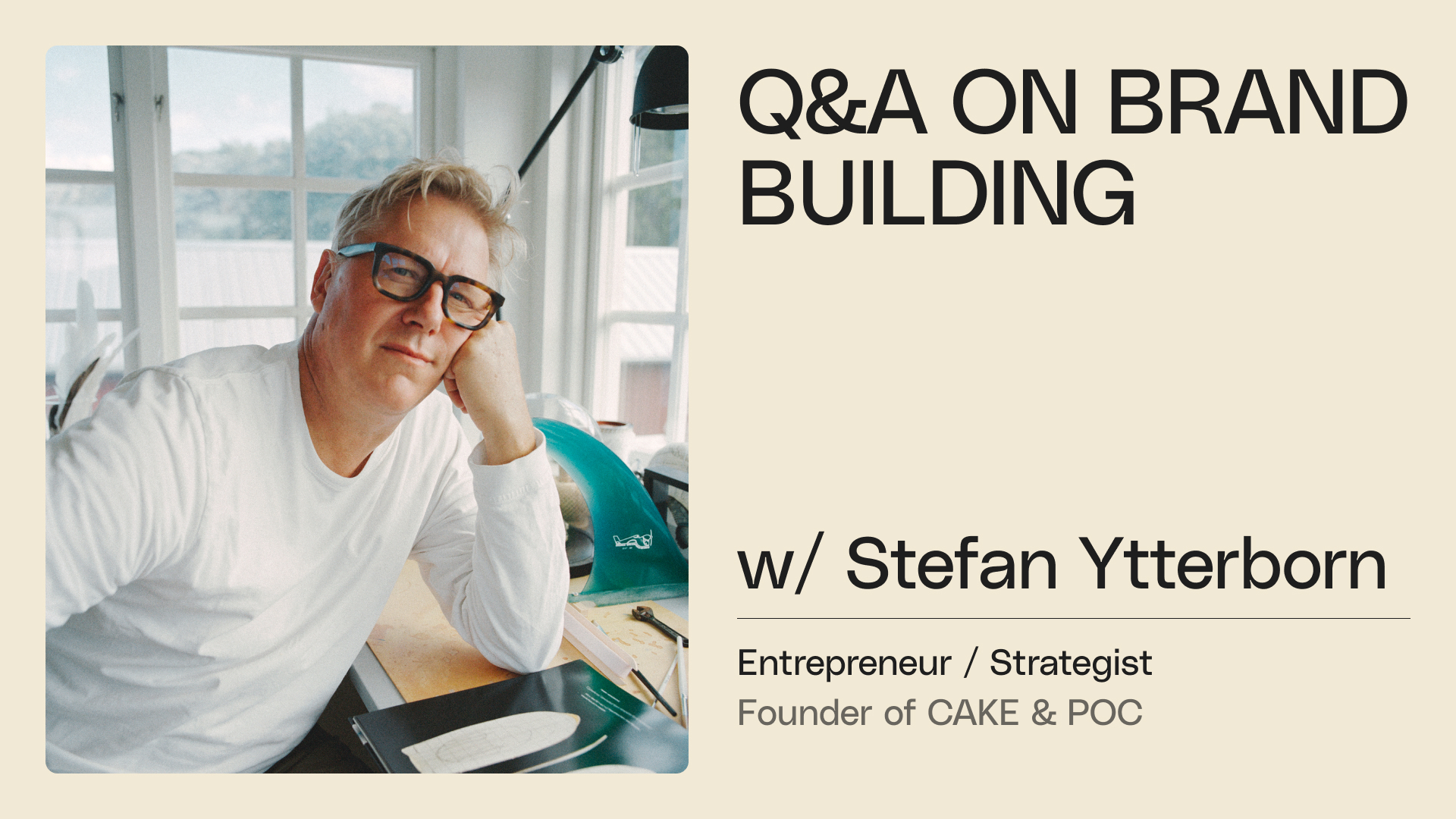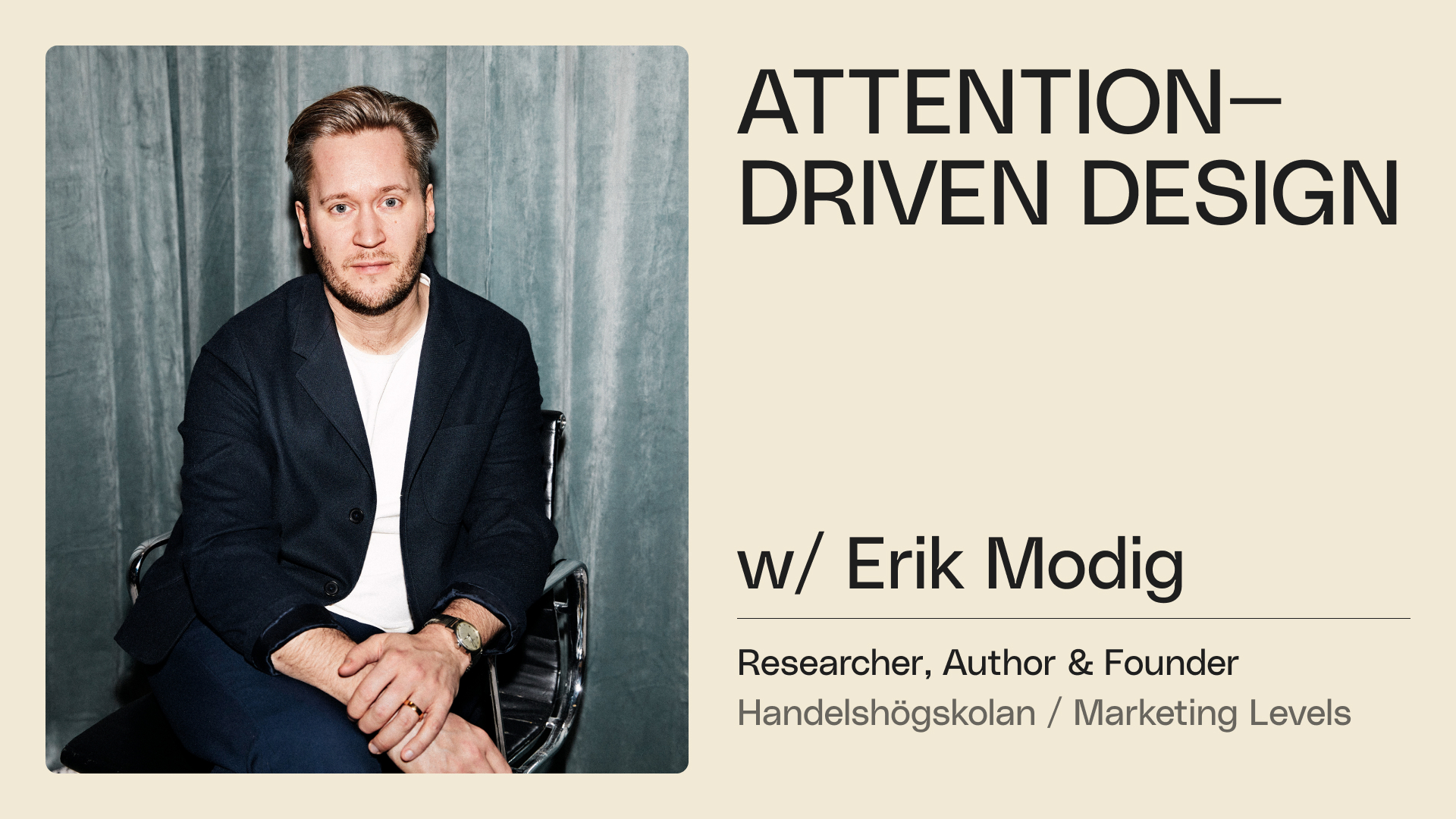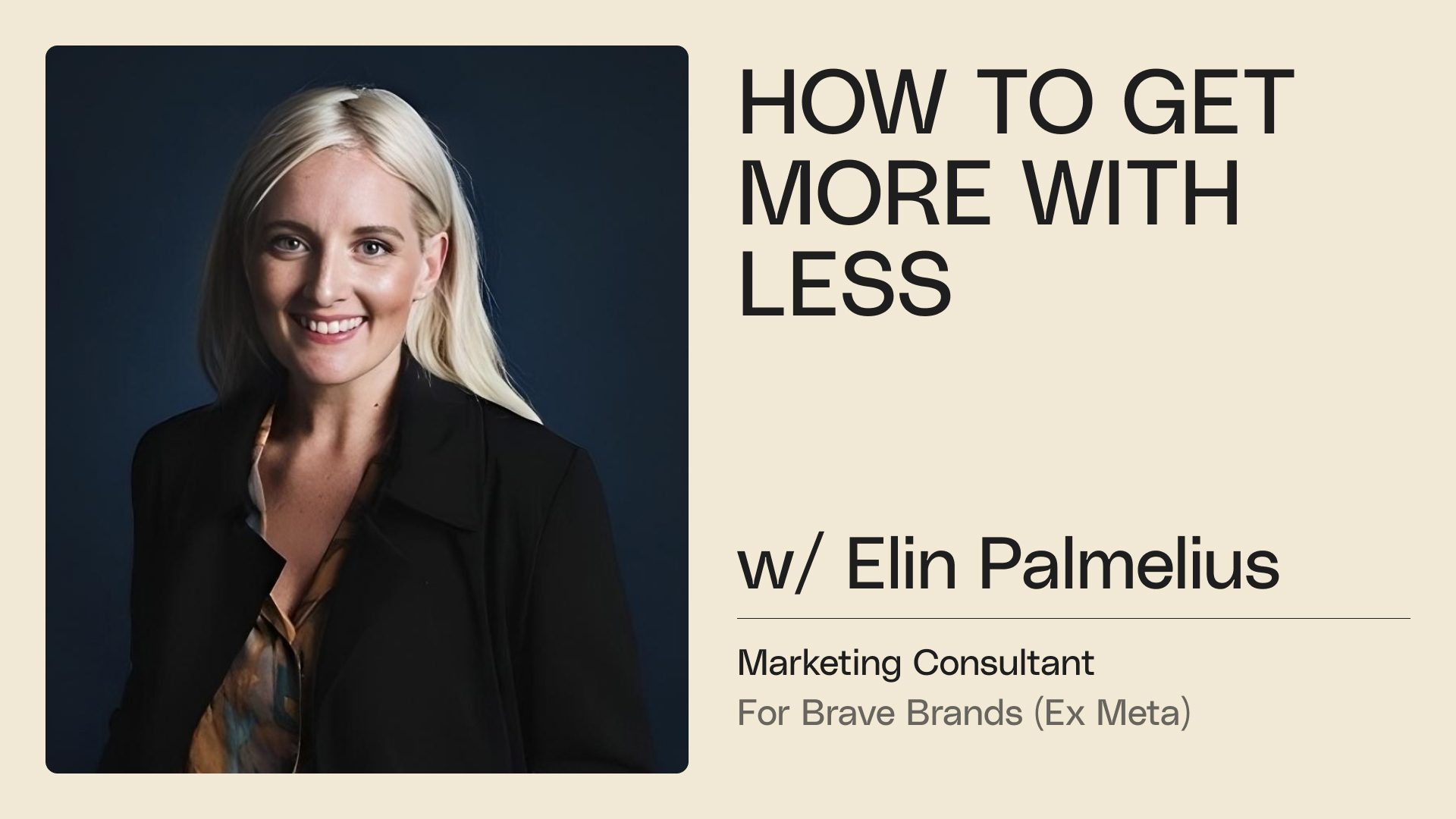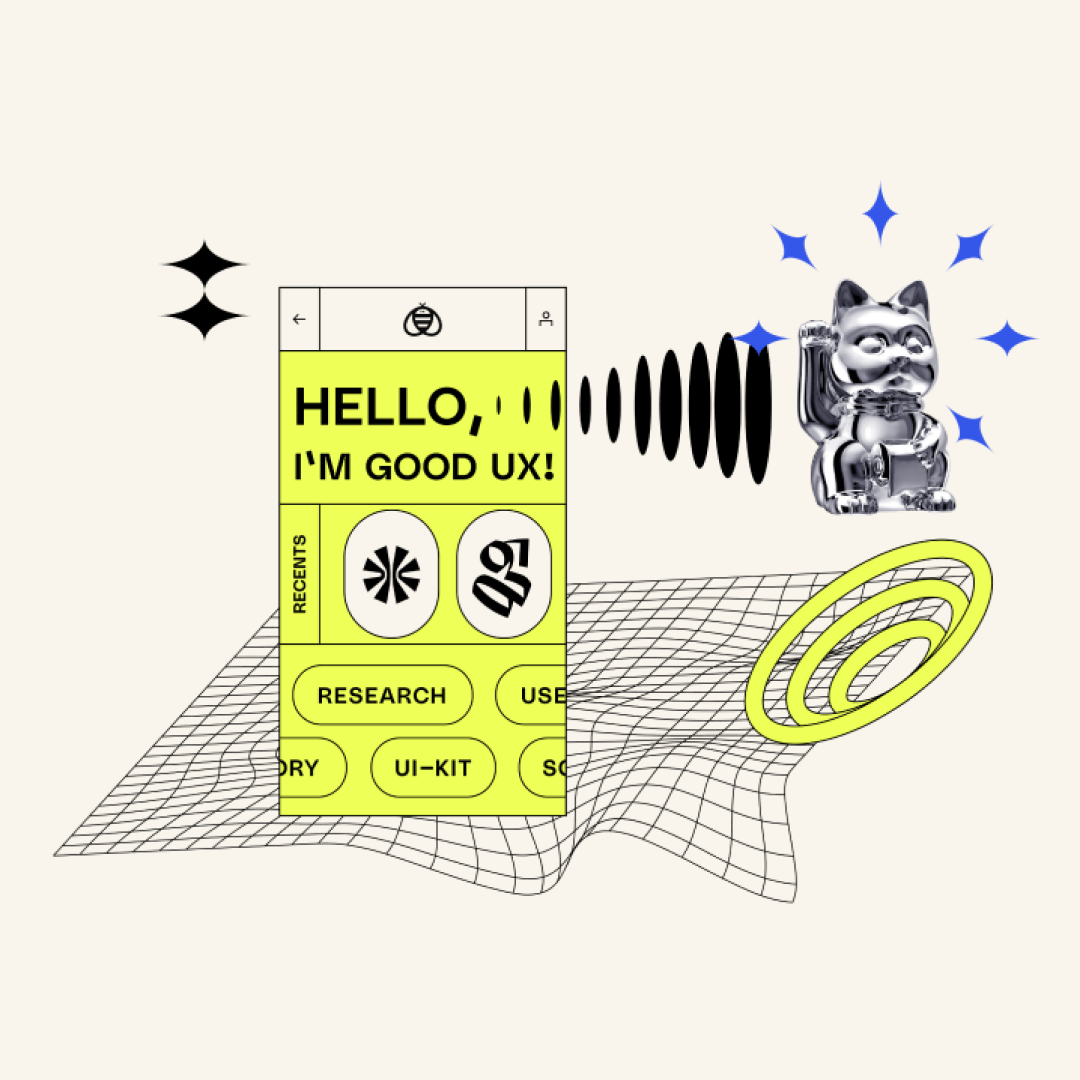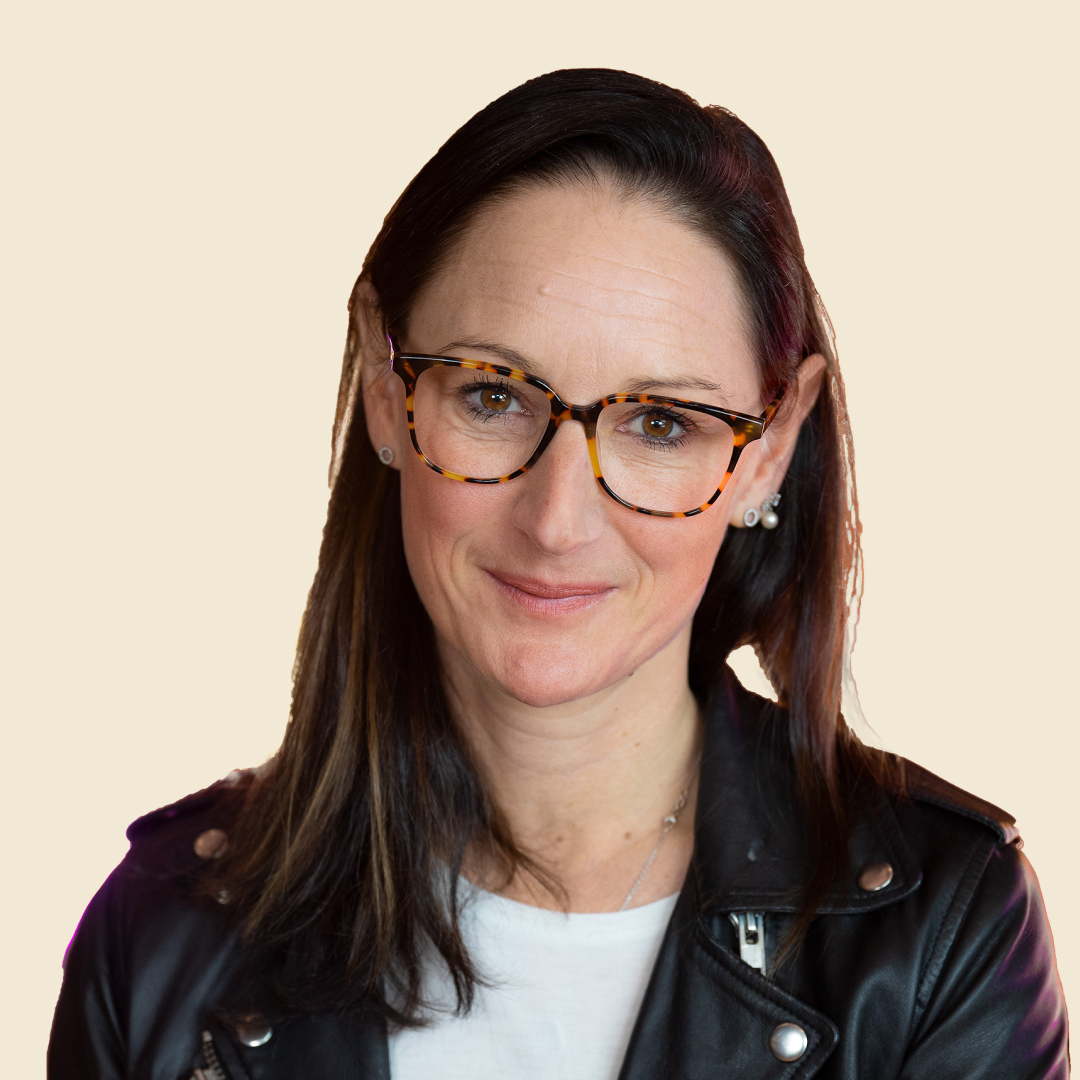Unlike design, UX is an analytical competency with its foundation in solid quantitative research and several tools to quantify empirical observations. This means that within UX, there are many “laws” or basic principles to follow to create a good user experience. But, this is different from design, where deliberate rule violations can create unexpected experiences that sometimes satisfy the user and, in doing so, produces a good design.
One of the absolute tenets of user experience is very simple, users will perceive the aesthetically pleasing as more useful (even if it is not necessarily so). This means there is a user—and business—value to good design (yay!).
This phenomenon was first scientifically investigated in the 90s at the Hitachi Design Centre in Japan. The study invited 250 people to try 26 interfaces at an ATM, followed by questions on their experience. In addition, all these interfaces were assessed on usability in separate studies before the Hitachi study. The result showed that the less useful interfaces were judged to be significantly more useful if they had a design that users appreciated purely on aesthetics.

When the researchers followed up on the results, they were able to draw three main conclusions from this study:
- Aesthetically pleasing experiences give rise to measurable, positive reactions in the user’s brain.
- An aesthetically pleasing design causes users to ignore usability flaws to a greater extent due to the perception of the design as useful.
- Visually appealing products can—as in the example above—mask the fact that the products could be better. They can even prevent users from starting to look for problems or questioning the products during, for example, user testing.
These experiments, repeated in hundreds of studies worldwide, consistently provide similar results. The fundamental discovery may not be a newspaper headline—people always appreciate attractive design—but it has since had implications for the design of millions of interfaces. It proves there is a trade-off between aesthetically pleasing and useful experiences. Meaning that what is most useful is only sometimes prioritized over aesthetics.
An extreme example of the above is in the fashion industry, where a low-quality product sometimes has an appealing design and is appreciated more (maybe than it should be) by the consumer. This, of course, also occurs in many other industries.
B2B businesses noticed this connection early on, allowing these industries to advance much further in design-driven working than companies catering to other businesses (or, for that matter, public services). Within B2B businesses, user interfaces and design have started to receive more attention over the last ten years. In the future, we will also see significantly more aesthetically pleasing experiences in these industries.
